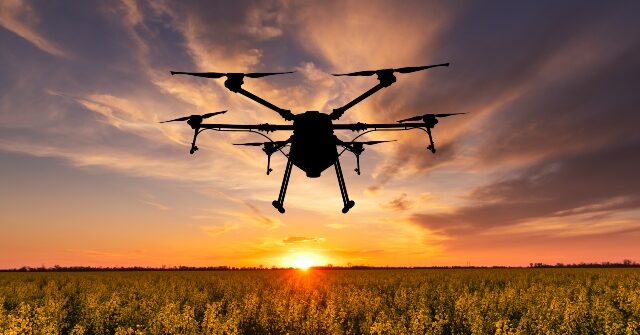As drone sightings proliferate across New Jersey and the broader East Coast, local authorities and residents remain baffled by their origins. The Federal Aviation Administration (FAA) has developed a promising tool known as Remote ID technology — essentially a digital license plate for drones — which could potentially solve these mysteries. However, the deployment of this technology has been sluggish, and local law enforcement agencies report that they do not currently have access to it. This limitation stymies efforts to investigate the numerous reports of unidentified drones, leaving officials and communities with growing concerns over safety and security.
Remote ID technology assigns a unique identifier to each drone, broadcasting crucial information such as registration details, location coordinates, and altitude through a radio signal. This system was mandated for all unmanned aircraft as of earlier this year, aimed at providing better tracking and identification capabilities even in low-internet areas. While the FAA once promised that they would enable local law enforcement to access a dedicated database of this information, nearly a year has passed without any actionable results. As it stands, police departments in New Jersey, such as those in Belleville and East Brunswick, have no direct means to utilize the Remote ID database, heightening anxiety amid a spate of reported sightings.
A recent report from the Government Accountability Office (GAO) highlighted the lack of a clear timeline from the FAA and the Department of Homeland Security (DHS) for equipping law enforcement with access to Remote ID data. This delay may severely impair authorities’ ability to respond promptly to potential threats or to investigate suspicious drone activity as it occurs. Presently, local police are required to funnel their requests through FAA Law Enforcement Assistance Program (LEAP) agents on a case-by-case basis. The FAA has acknowledged the strains imposed by limited resources and has submitted a request for $21.8 billion in funding from the federal government for the upcoming year, with a specific allocation of $15.6 million earmarked for drone-related initiatives.
Reports from civilians, including New Jersey state Rep. Dawn Fantasia, mention the sighting of unusually large drones — some with diameters reaching up to 6 feet. Despite these reports, the federal government insists that all drones currently being used are registered and operated lawfully. According to the FAA’s Part 107 regulation, drones are permitted to operate at night under certain conditions but must always remain within a 400-feet altitude limit. Violating Remote ID requirements can result in significant penalties, including criminal charges leading to fines of up to $250,000 and potential incarceration for up to three years, alongside civil penalties reaching $27,500.
As the investigation into these drone sightings extends, the FBI has reported receiving over 5,000 tips related to such incidents. However, out of this multitude, less than 100 have proven significant enough to warrant further investigation. Both the Department of Homeland Security and the FBI have asserted that there is currently no evidence of malicious intent or harmful activity related to these drone sightings. This information arguably eases some of the public’s growing concerns, though the mystery surrounding the drones remains, as the FAA and local authorities grapple with resource limitations and operational obstacles.
In summary, the challenges posed by the mystery of drone sightings on the East Coast are underscored by the slow rollout of the FAA’s Remote ID technology. Local law enforcement capabilities are hindered by a lack of direct access to crucial identification tools, which may delay responses to potential threats or suspicious activities associated with these drones. While sightings of these unmanned aerial vehicles continue to alarm the public, officials are working against a backdrop of constrained resources and bureaucratic hurdles. The absence of proven malicious activity suggests there may not be an immediate cause for alarm, yet it highlights the critical need for more robust infrastructure and timely access to technology necessary for safely navigating the increasingly crowded skies.

